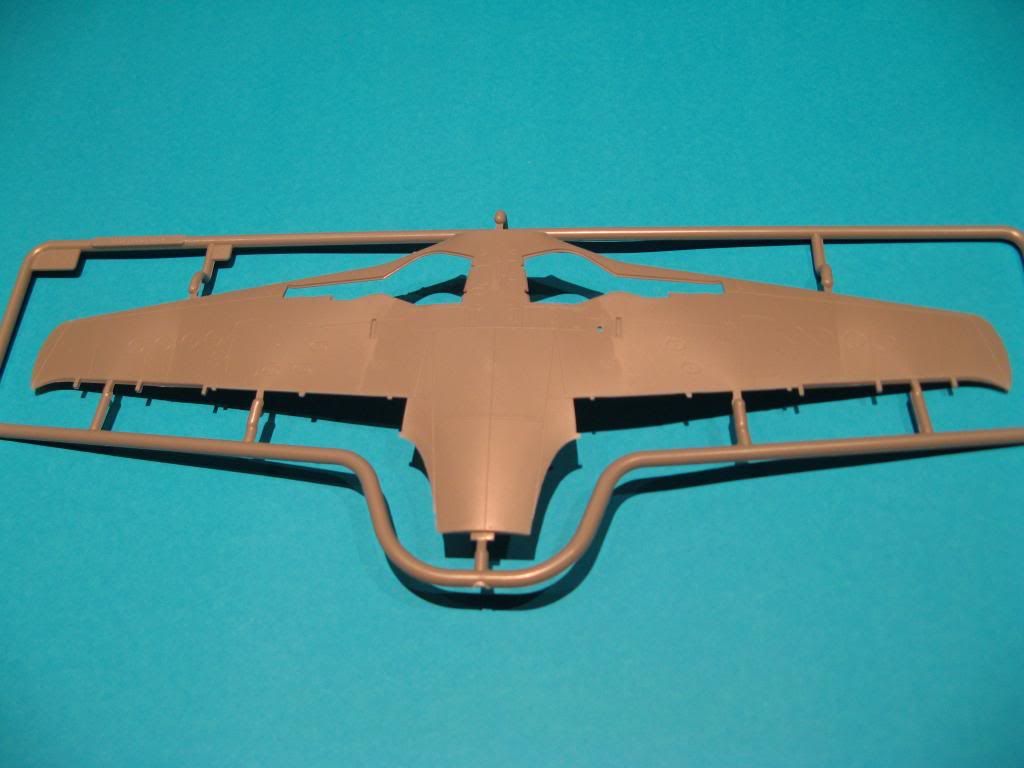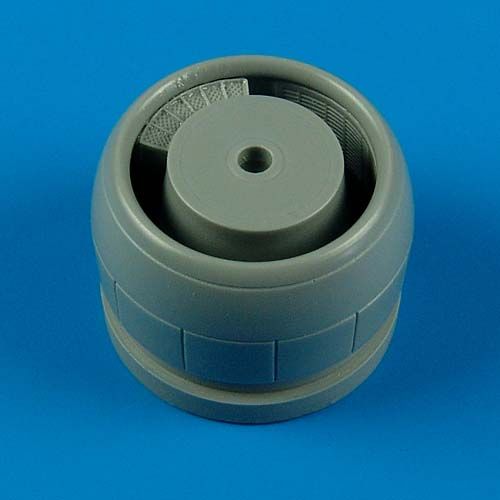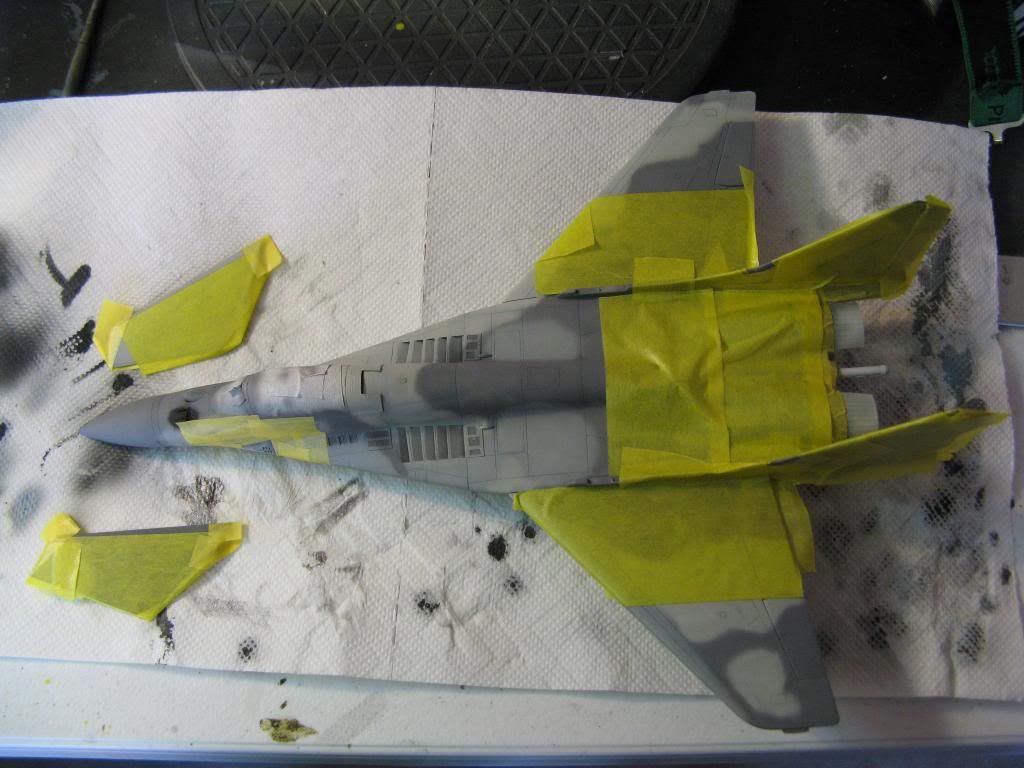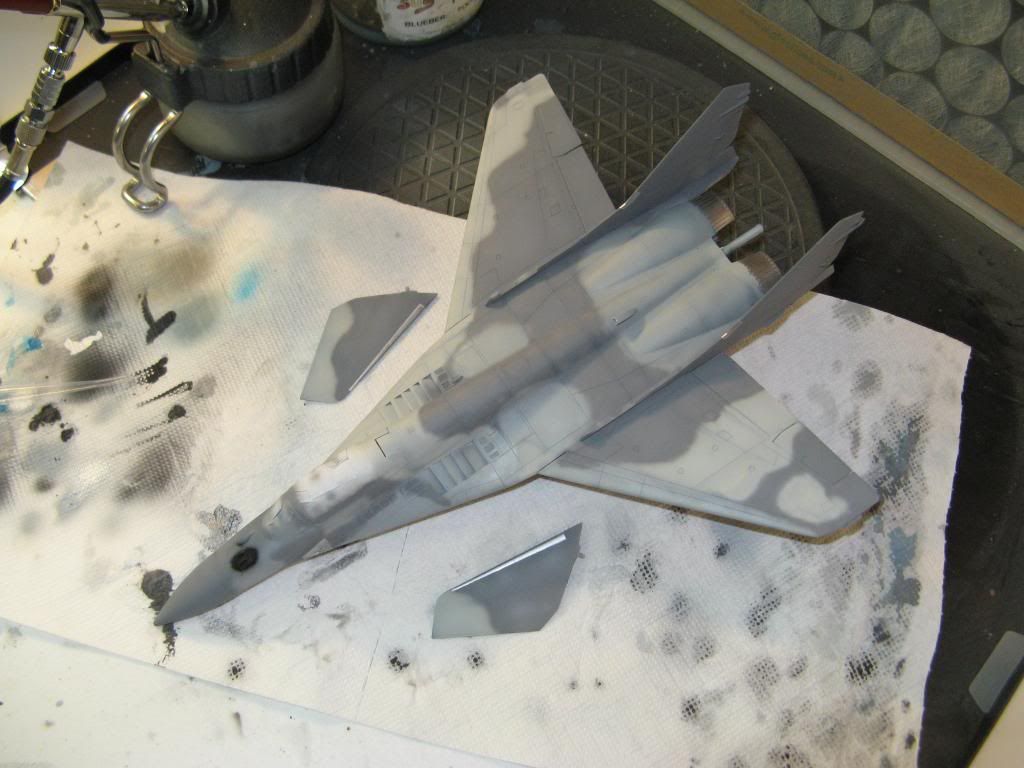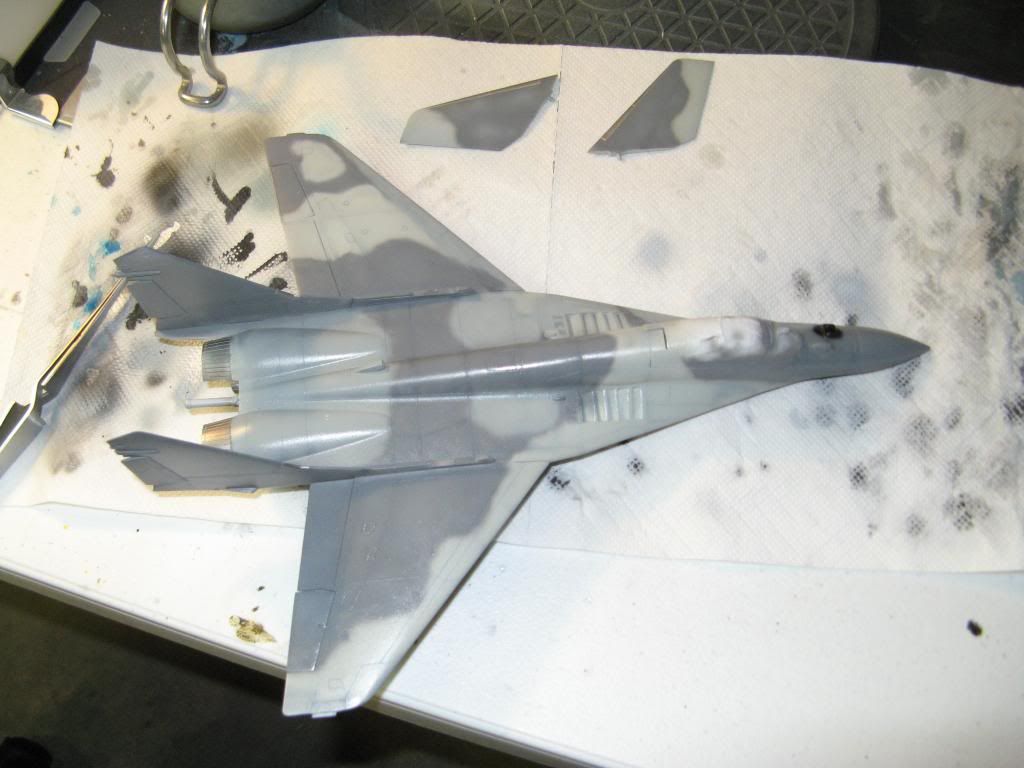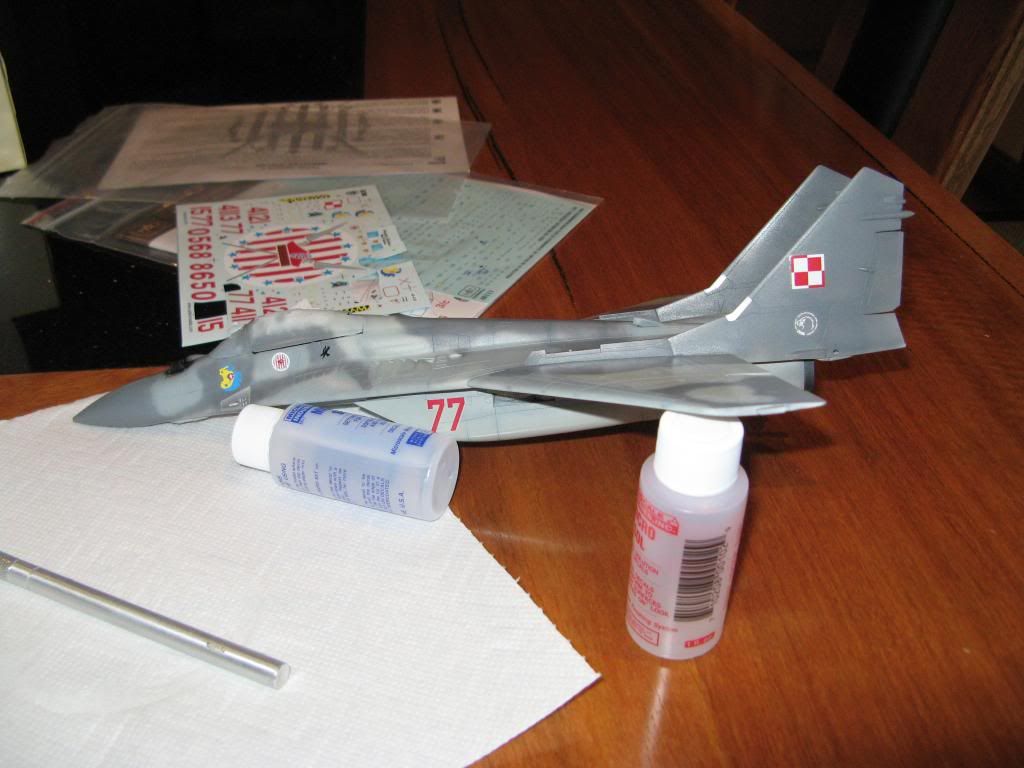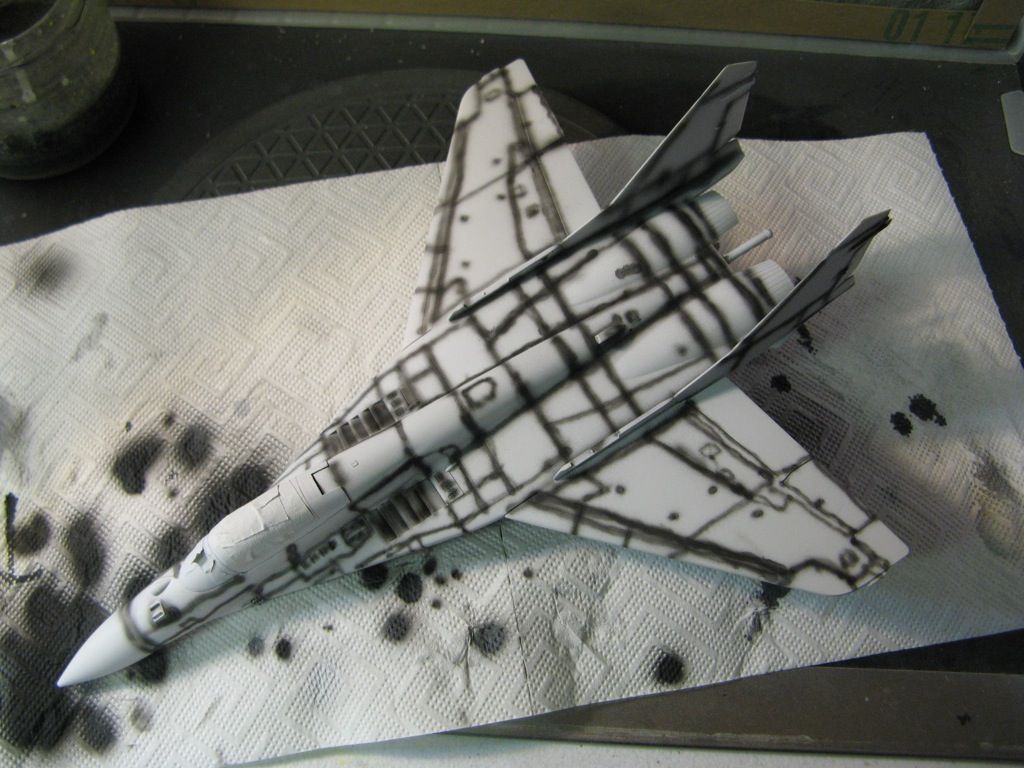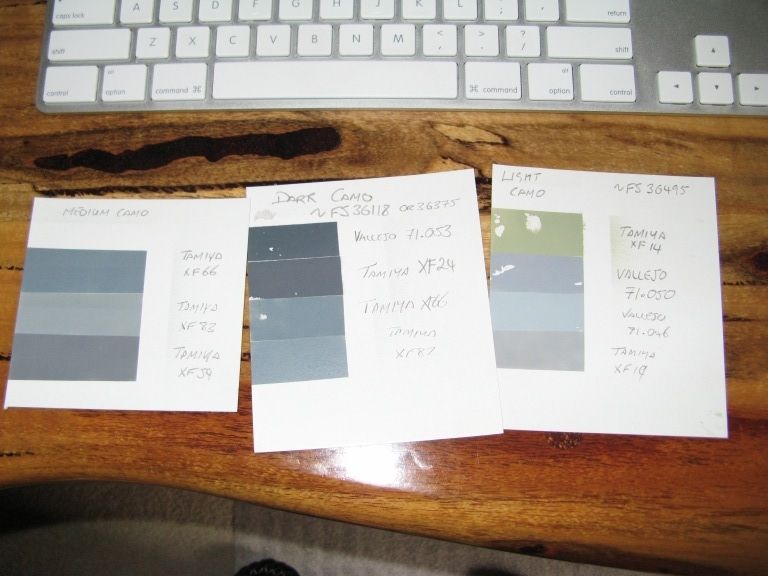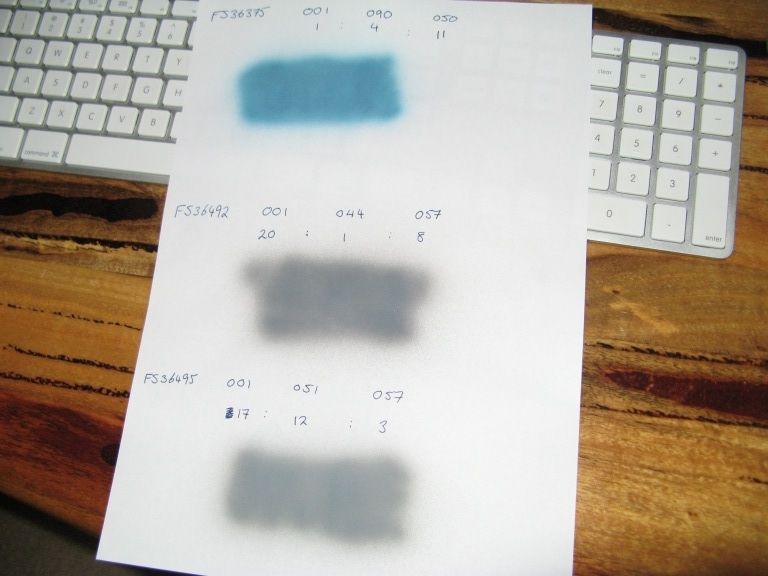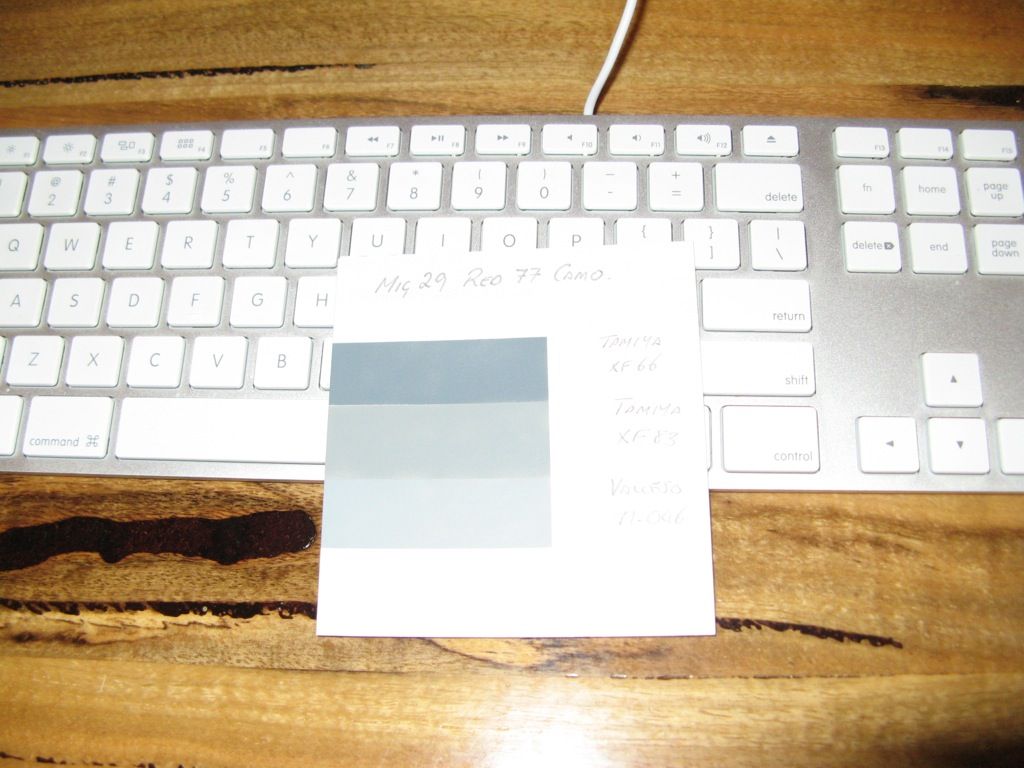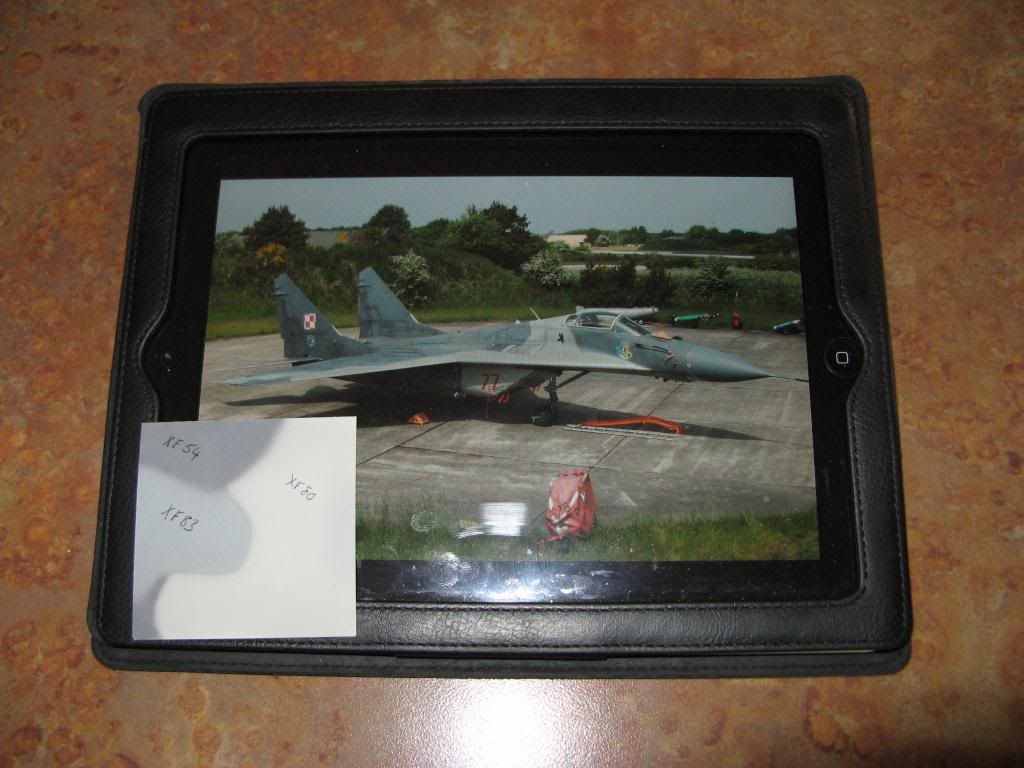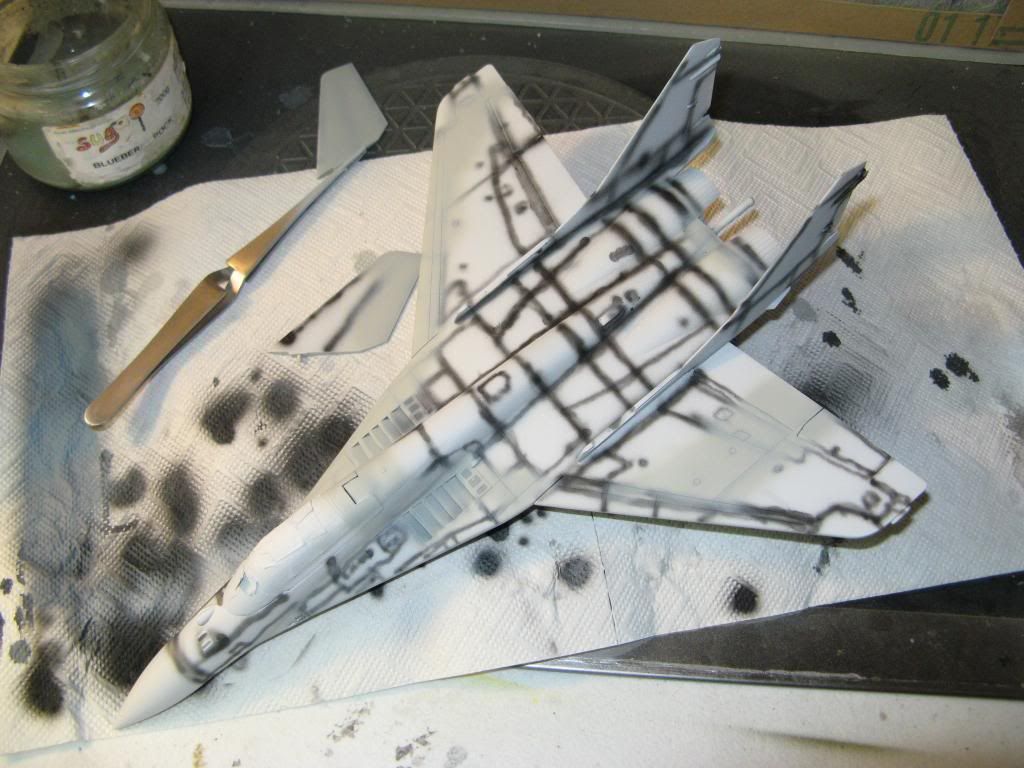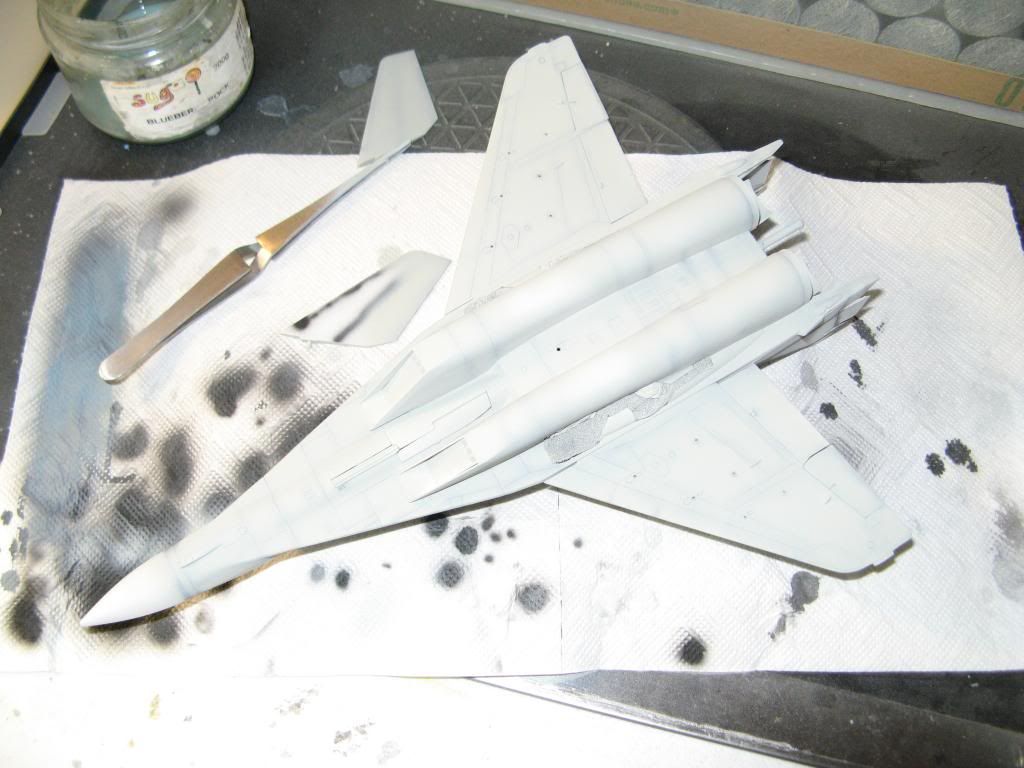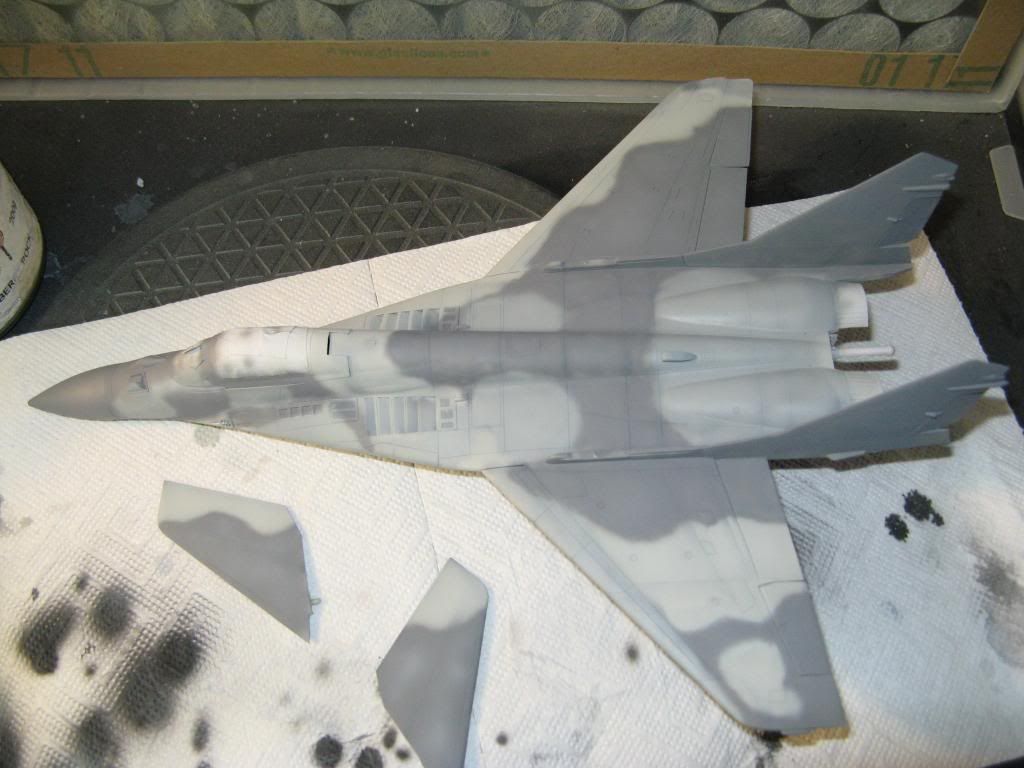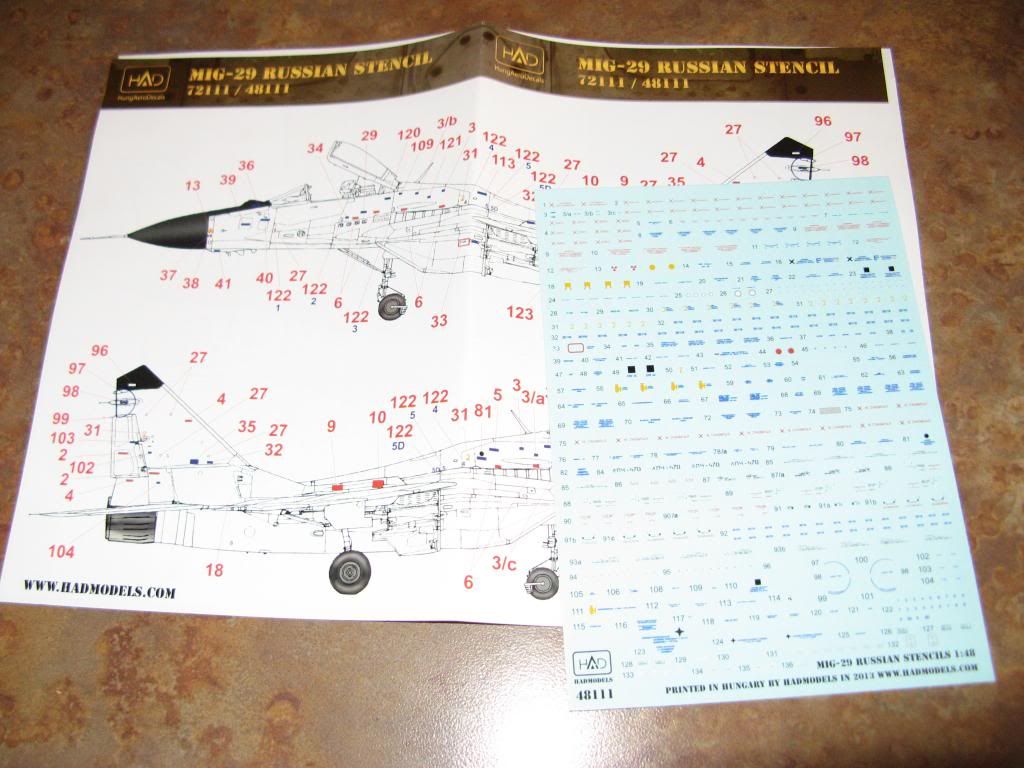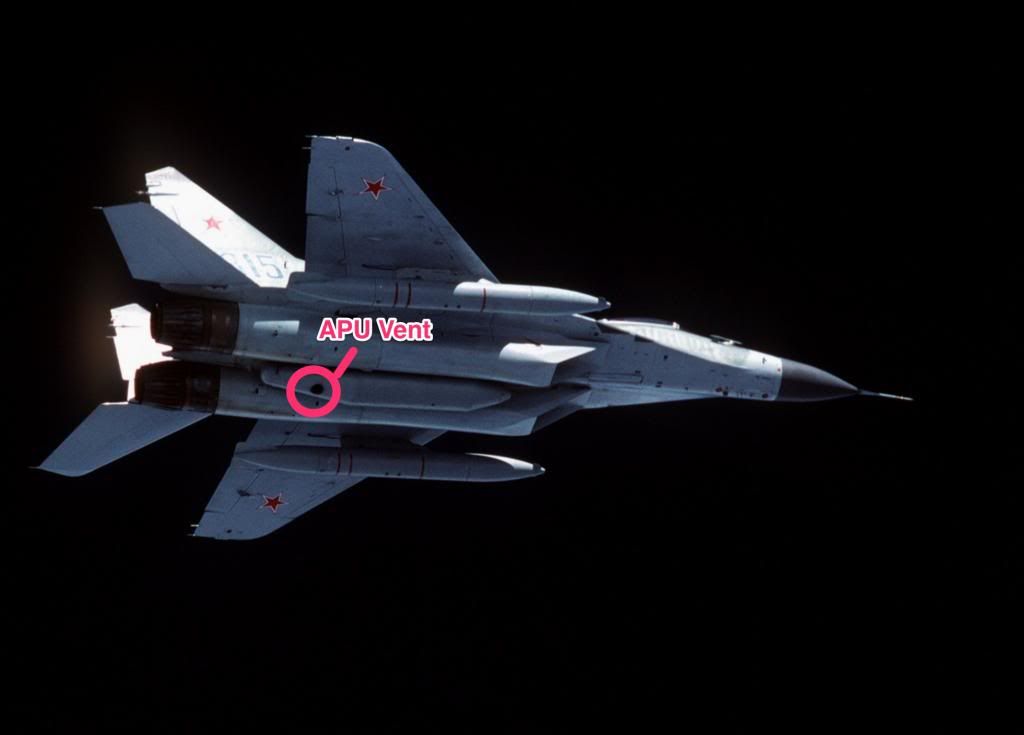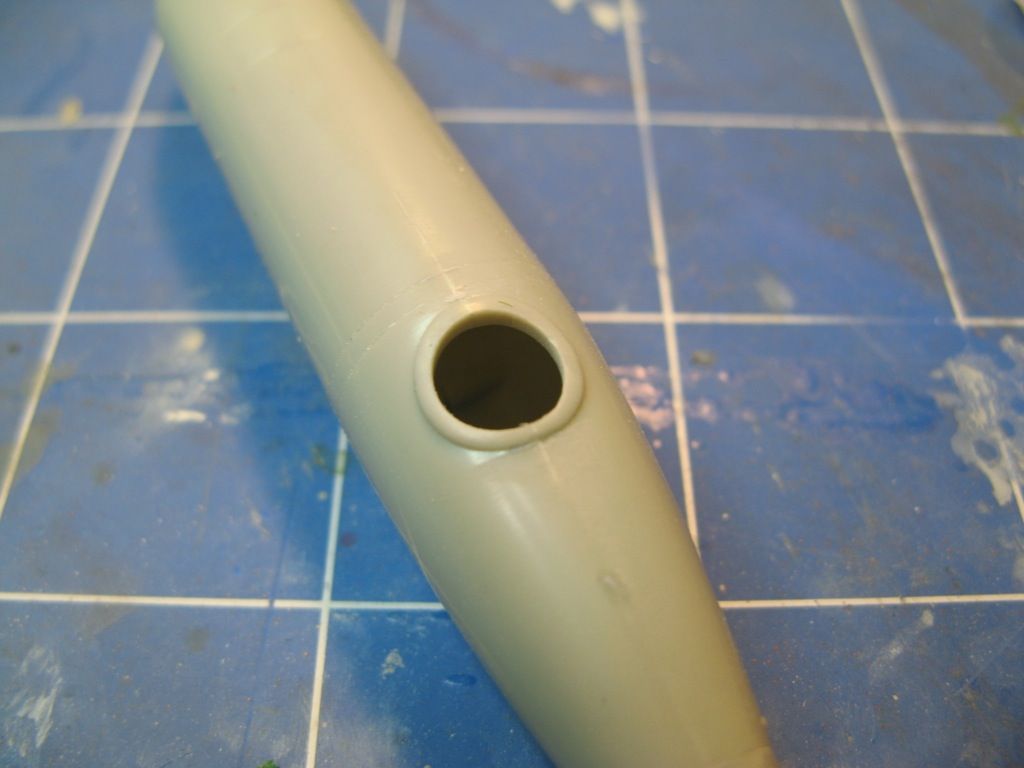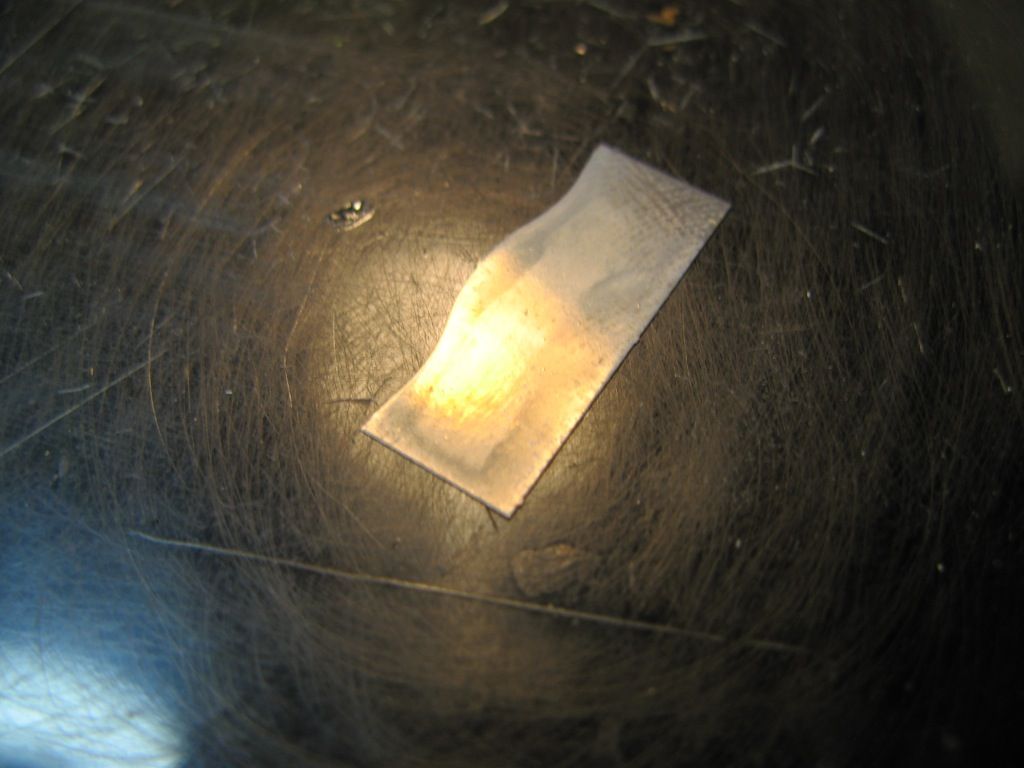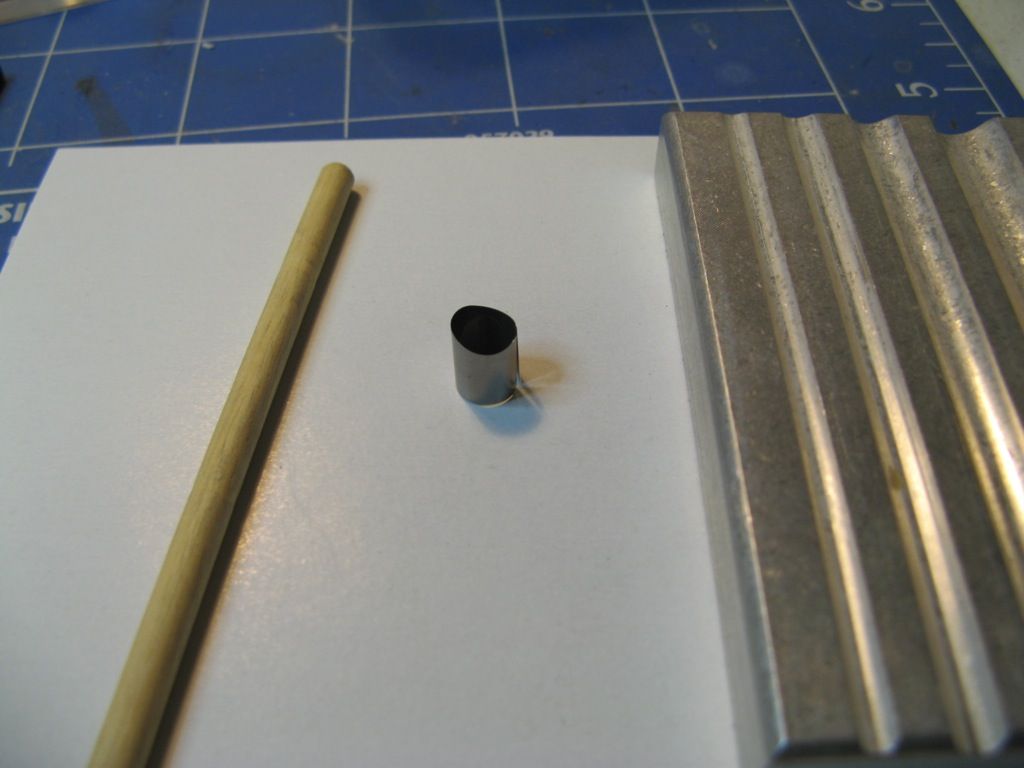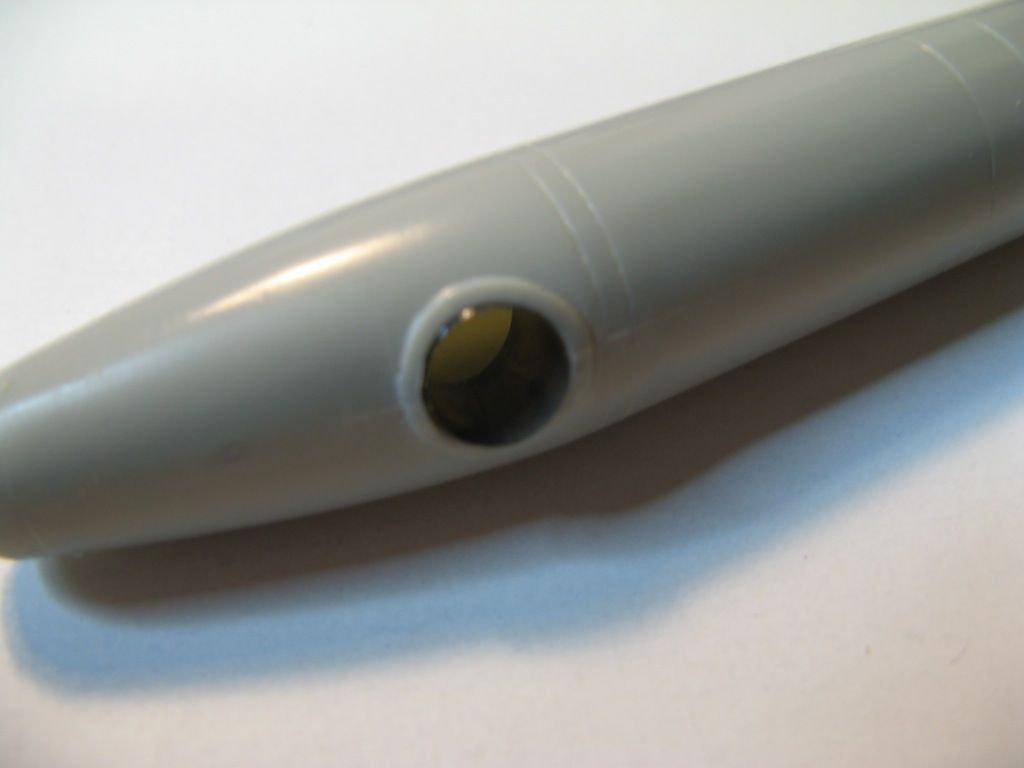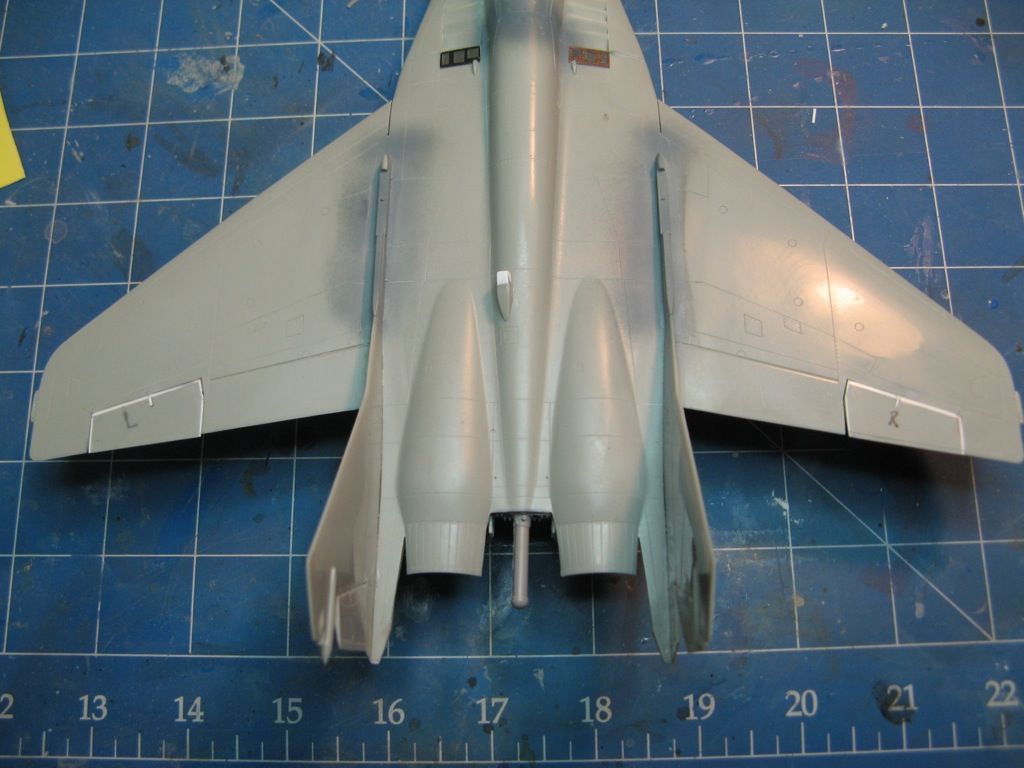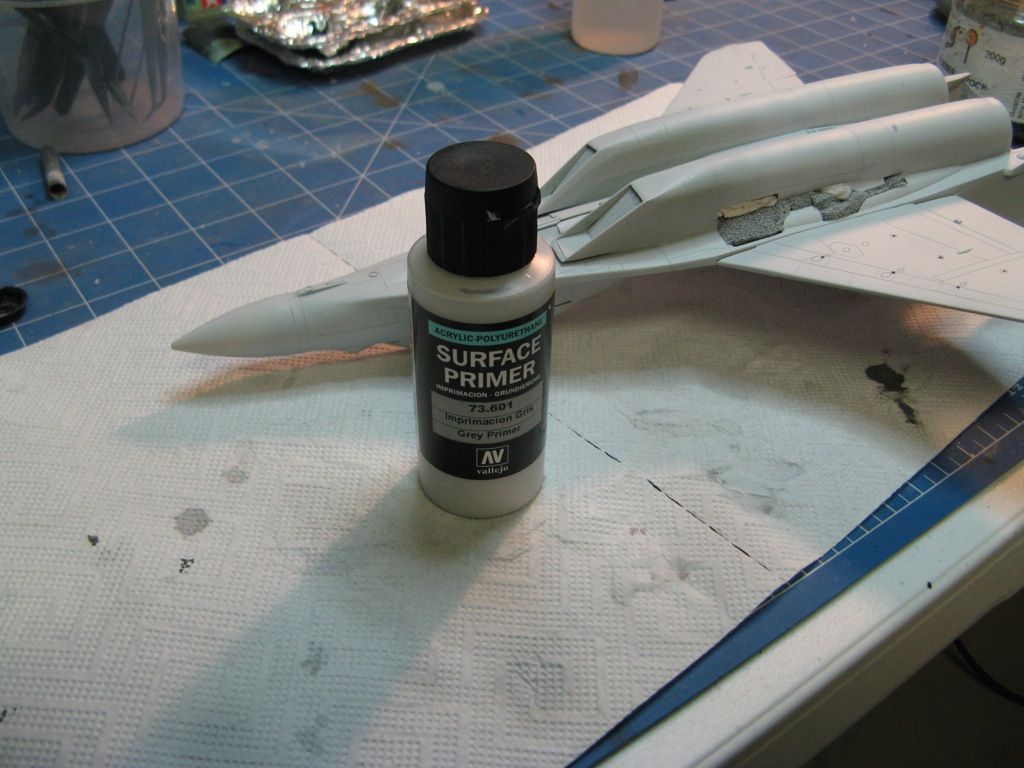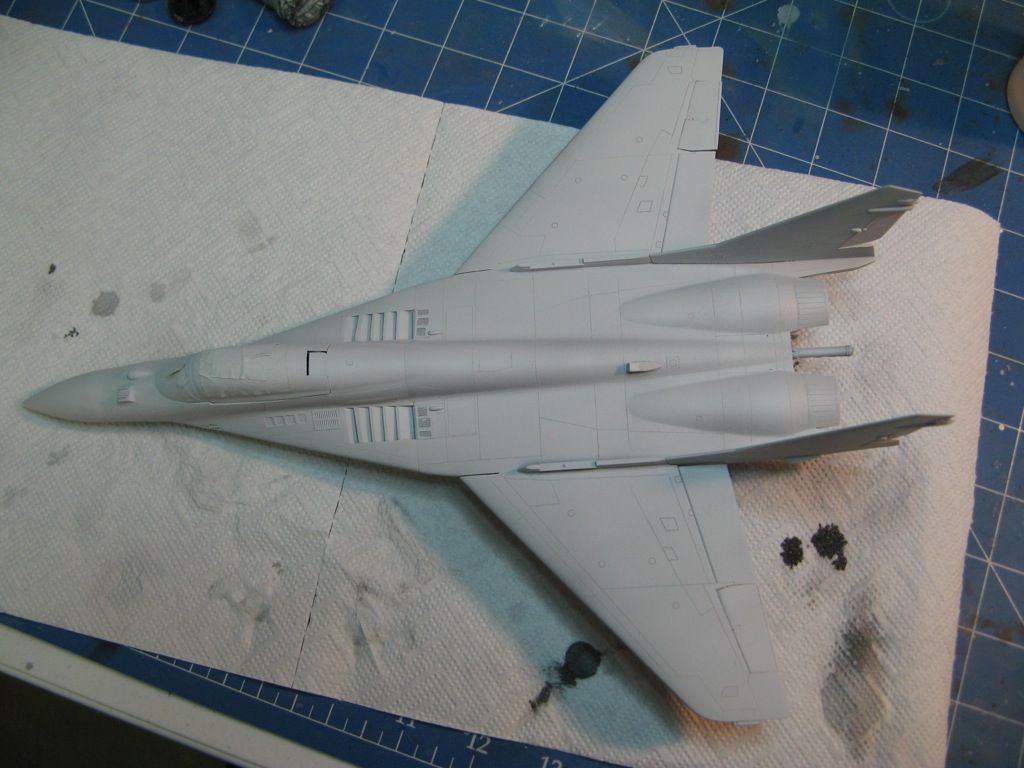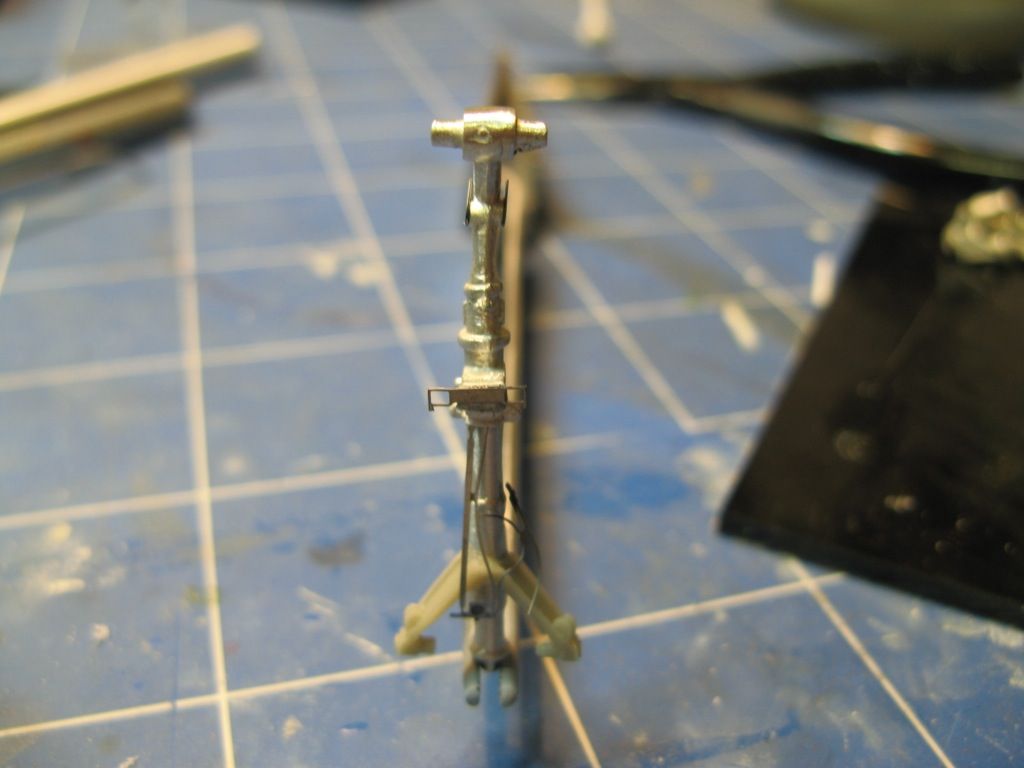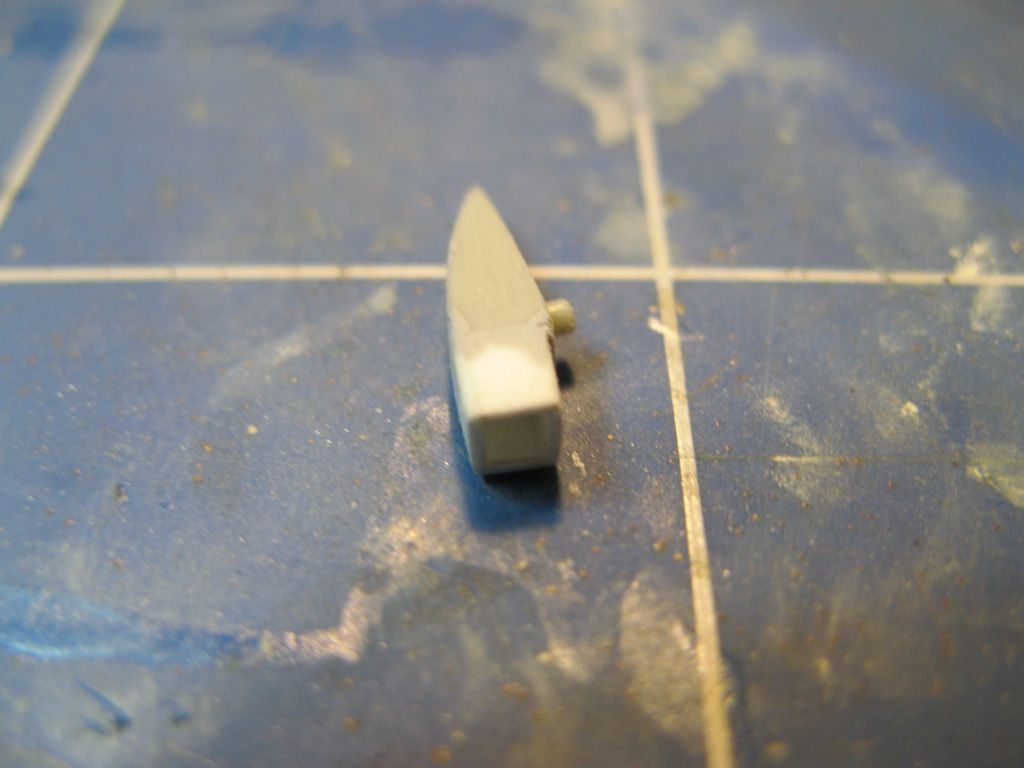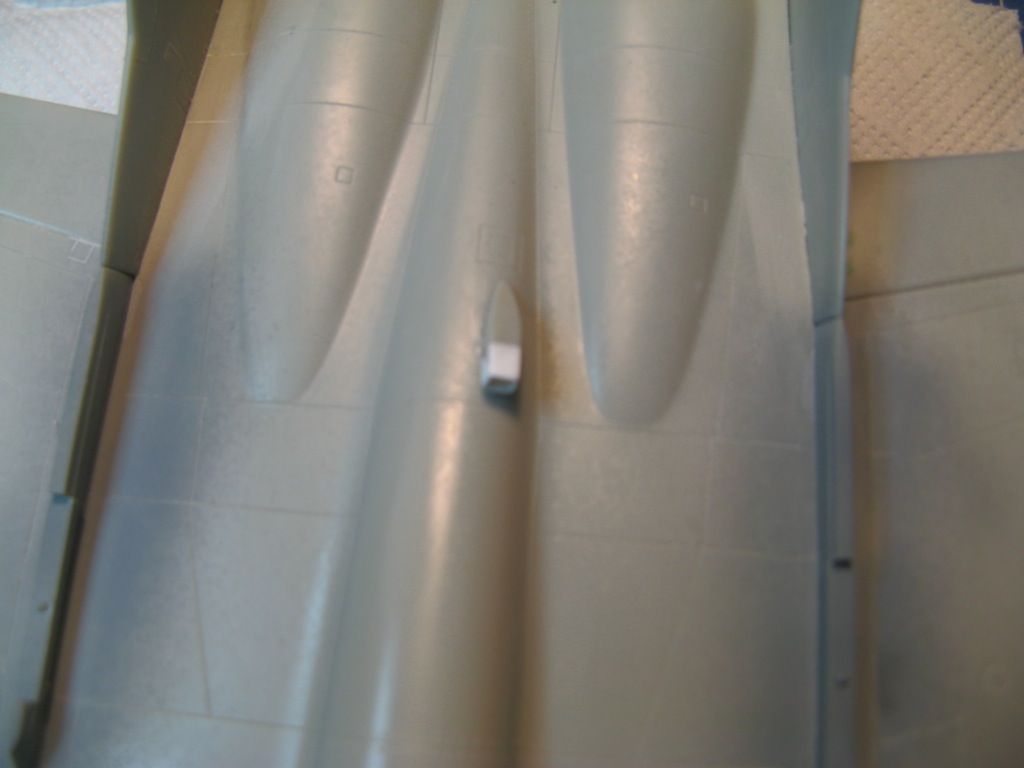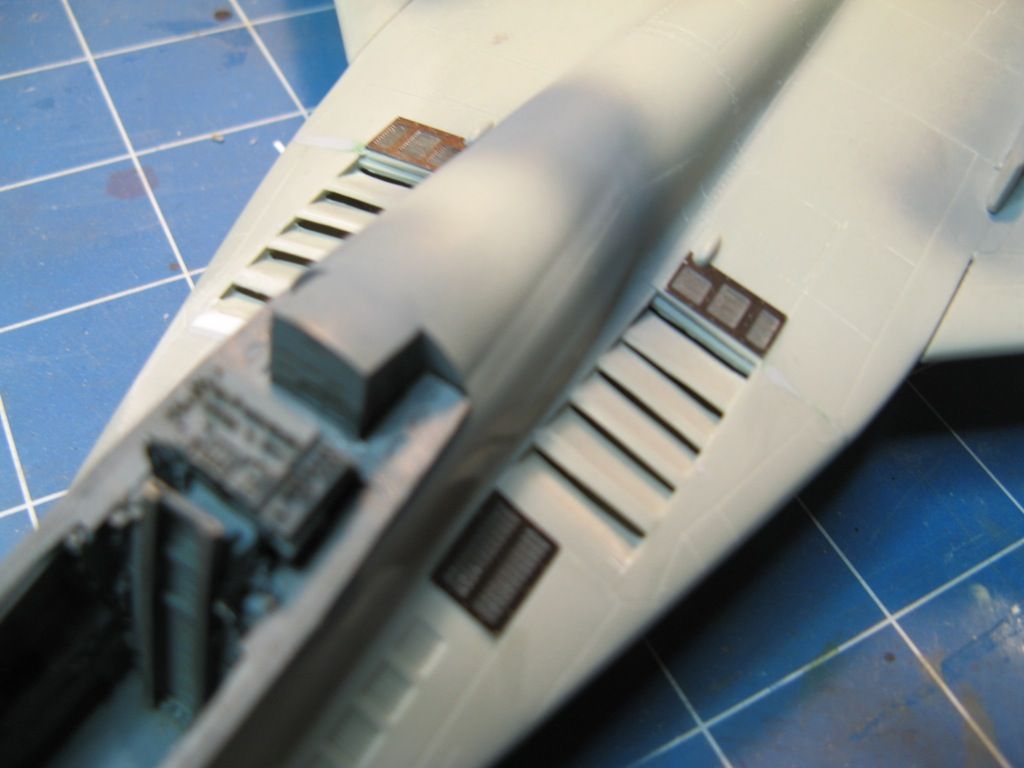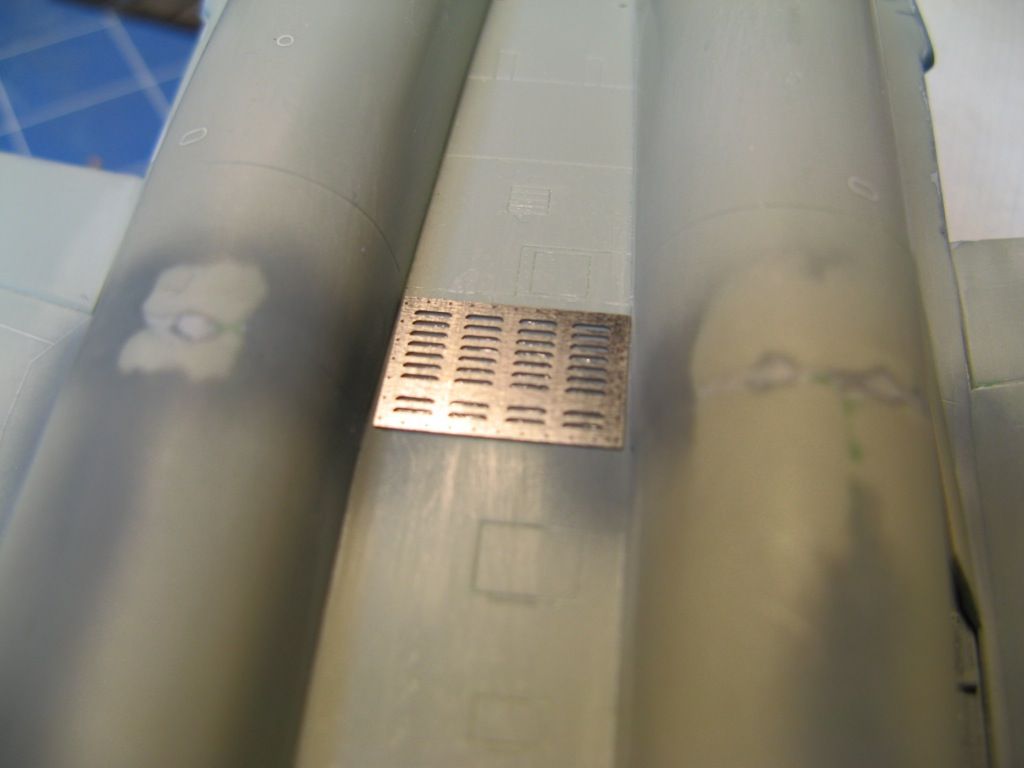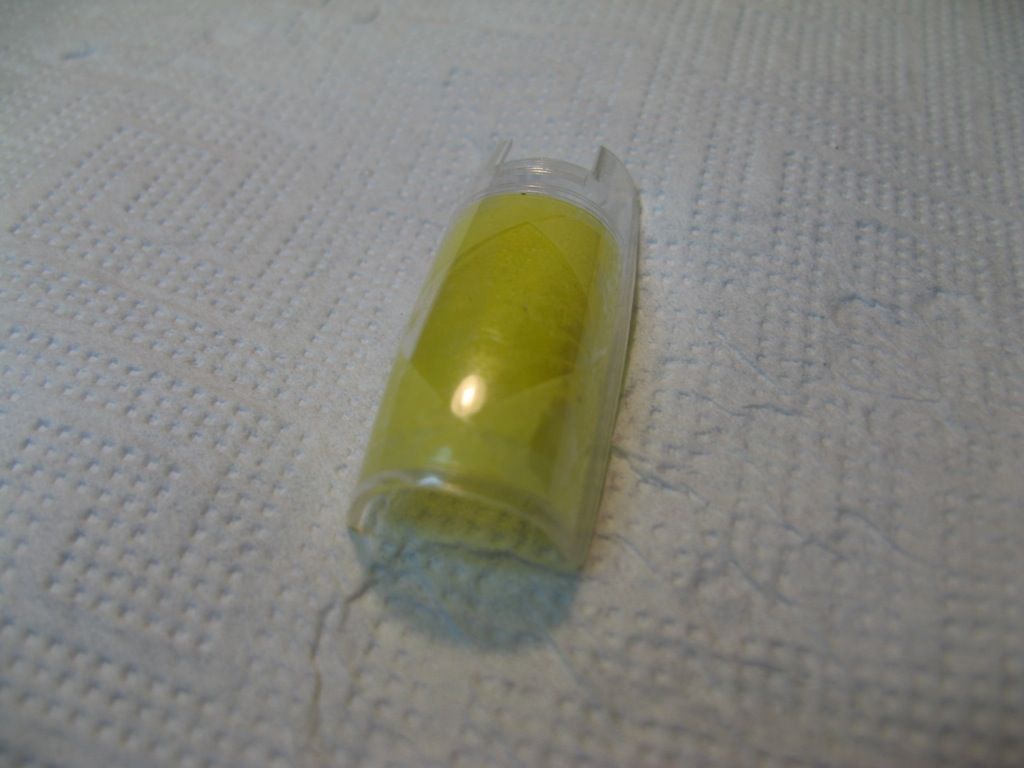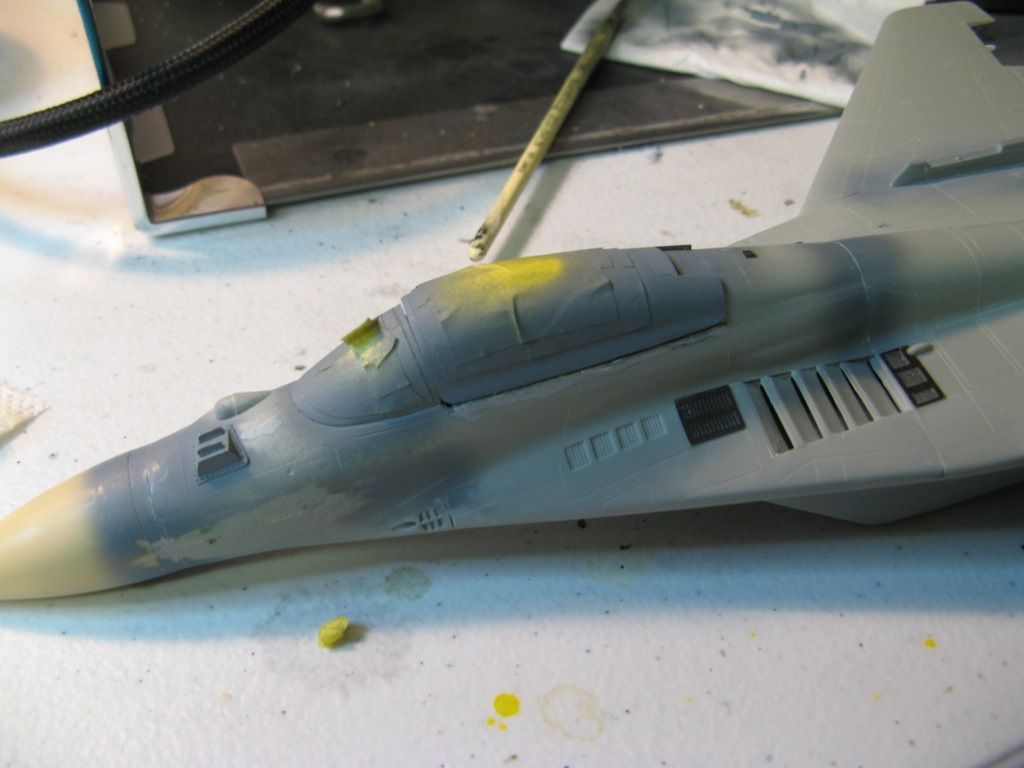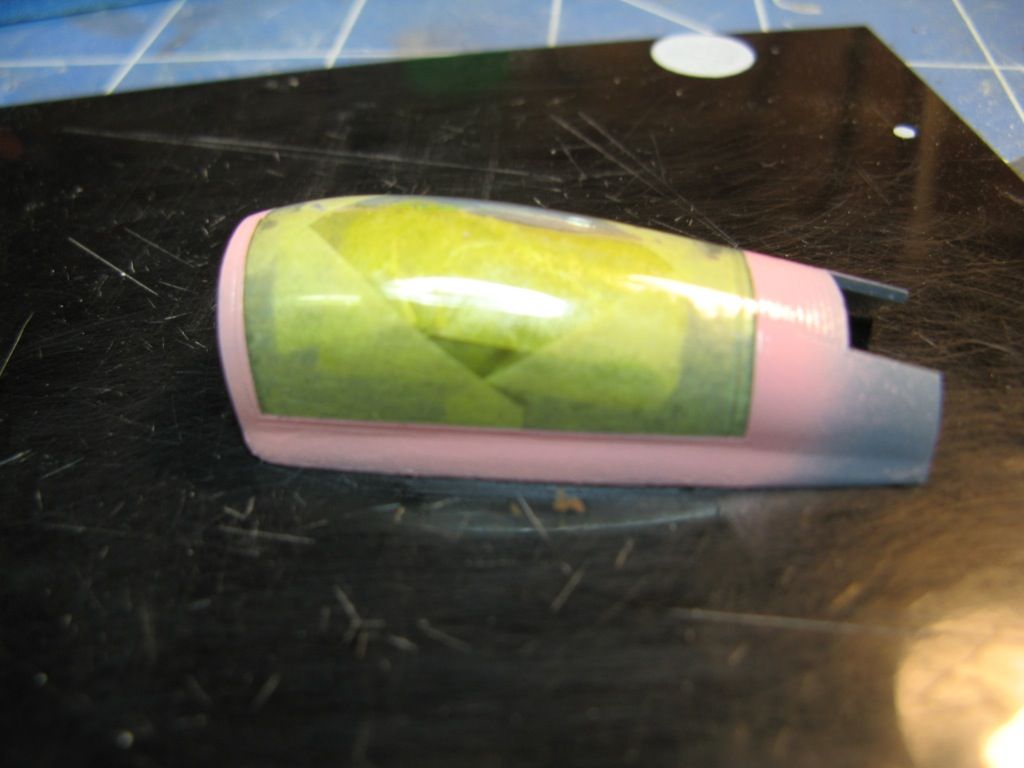I do wonder where I would display them if I built them all...there's 32 unbuilt planes hiding in my study cupboard at the moment. Sure, that's not many when compared to some collectors that I know, but I'm guessing that it's 32 more than most people have. My wife complains that they're dust traps but what would she know? I just think they're cool...in the same way that Dr Who made bow ties cool.
Introduction
The Ta-152 is the ultimate variant of the Focke-Wulf FW-190, a fighter that saw action in great numbers during WWII. The Ta-152 was produced in small numbers over three main variants right at the end of the war. The Ta-152H was a high altitude interceptor, the Ta-152C was a medium altitude fighter and ground attack aircraft and the Ta-152E was a reconnaissance fighter. The Ta-152H has the somewhat redundant claim to fame as being one of the fastest piston engined fighters of the war. While other versions were in the early stages of production the Ta-152H is the only version of this fighter to have seen action.
I'll be building the Ta-152 C-0, a pre-production aircraft and one of three aircraft of that designation that were built. I'm doing this build as part of a Special Interest Group (SIG) build on a forum that I belong to.
The Kit
The Hobby Boss 1/48 Ta-152 C-0 kit is a fairly recent release hitting the shelves of hobby shops in 2011. The main components of the kit are molded in light grey plastic with finely engraved panel lines.
A nice touch is having separate flaps and ailerons on the wing.
Detail extends to the rear part of the DB603E engine, which will be visible from the opened wheel well. Interestingly for some reason Hobby Boss chose to mold the exhausts in an upper and lower half. This might make them easier to hollow out. I did read in a review of this kit that you could use extra glue and have it squeeze out of the join to replicate the weld seam on the exhausts - maybe? The radiator is wrong btw.
There are two versions of the cowl. The one with the larger hump on it is for the C-1 production model which was going to have a DB603LA engine.
I don't like the look of that propeller but having a separate rudder is nice. The fabric effect is nicely subdued. The MK108 cannons look nice too. Unfortunately you won't see much of them as they're buried in the wing behind the main spar.
The clear parts are beautifully clear with very little distortion.
The decals are well done and there's even a bit of photoetched brass for seat belts, aerials and the rear of the cockpit.
There are two marking options in the kit. One of these is for the pre-production/prototype machine CI+XM, and the other, "Green 13" from JG301 is fictitious. I'll be using the CI+XM markings.
It is an accepted fact that, with a few of exceptions, the Luftwaffe colours used on late war fighters are notoriously hard to have certainty over. Even if you know the RLM colours used, matching the shade is still open to interpretation. That said, I cannot help but think that the colour callouts in the instructions are not quite correct. Images of the actual aircraft show there is a demarkation of colours on the cowl just behind the radiator flaps and again halfway along gun cover just forward of the cockpit. The amount of contrast in these colours is not enough to suggest the two late war greens RLM 82 Light Green and RLM 83 Dark Green as shown in the colour callout of the kit. My references (see further down) suggest that the colours are RLM 75 Grey-Violet and RLM 83 Dark Green and I think they're probably correct. Interestingly kit does suggest these colours on the upper surfaces of the wings, however a well known image of the aircraft shows that the pattern Hobby Boss have suggested is close, but not quite correct. Especially on the left wing. I am also not sure that the unpainted aluminium area on the undersides extends so far back on the fuselage.
So, colours decided, there are a couple of issues with the kit itself which a true Luftwaffe Experten would not miss.
Firstly, the propeller blades are the wrong shape. They should have more of a paddle shape to them with a characteristic 'kink' on the leading and trailing edges. Similarly the spinner has a large hole in the tip commonly seen on Fw-190D and Ta-152 prototypes.
Instead the kit part has a much more gentle curve to the profile of the blades and the spinner tapers too much and has a small hole for the cannon barrel.
Secondly, the radiator used on the kit is not correct. For some reason Hobby Boss have used the radiator arrangement from a Fw-190 D-9 - an aircraft with a different engine.
The real aircraft had a very different radiator arrangement.
So, for a correct Ta-152 C-0 the entire radiator and propeller assembly has to be replaced. This leads us onto the extras I plan to add to this build.
Aftermarket Extras
In order to correct the propeller and radiator I'm going to use the Quickboost cowl correction and propeller correction.Looking at the photograph though it appears that the spinner will still need some work or it too will need replacing. I do have the spinner from the Engines & Things Fw-190 D-11 conversion kit which I may use instead as it looks like it's the right shape.
To add some general improvements to the already good detail on the kit I'll also be using the Eduard detail set and some replacement wheels from True Details.
Reference Material
It's always good to have some reference material on hand when building an aircraft. I have quite a number of books on Luftwaffe aircraft some of which are pertinent to this build.Both of these books contain quite a bit on the Ta-152C and, in particular, the specific aircraft I am building. The book by Thomas Hitchcock is a limited edition that has been signed by Willie Reschke, one of the pilots that flew the Ta-152. It cost me a packet at the time but I do like it.
The other reference book that will come in handy is Luftwaffe Camouflage and Markings 1933-1945 Vol. II. This book has two colour charts with colour chips that have been made to exactly the same recipe as the original paints. They give a very clear idea as to what the actual colours looked like. Unfortunately my photography is not up to making them look right in the image.
So, that's where we'll leave it at the moment. I still have a Mig-29A to finish so I won't really get too far into this kit until that one is finished.


